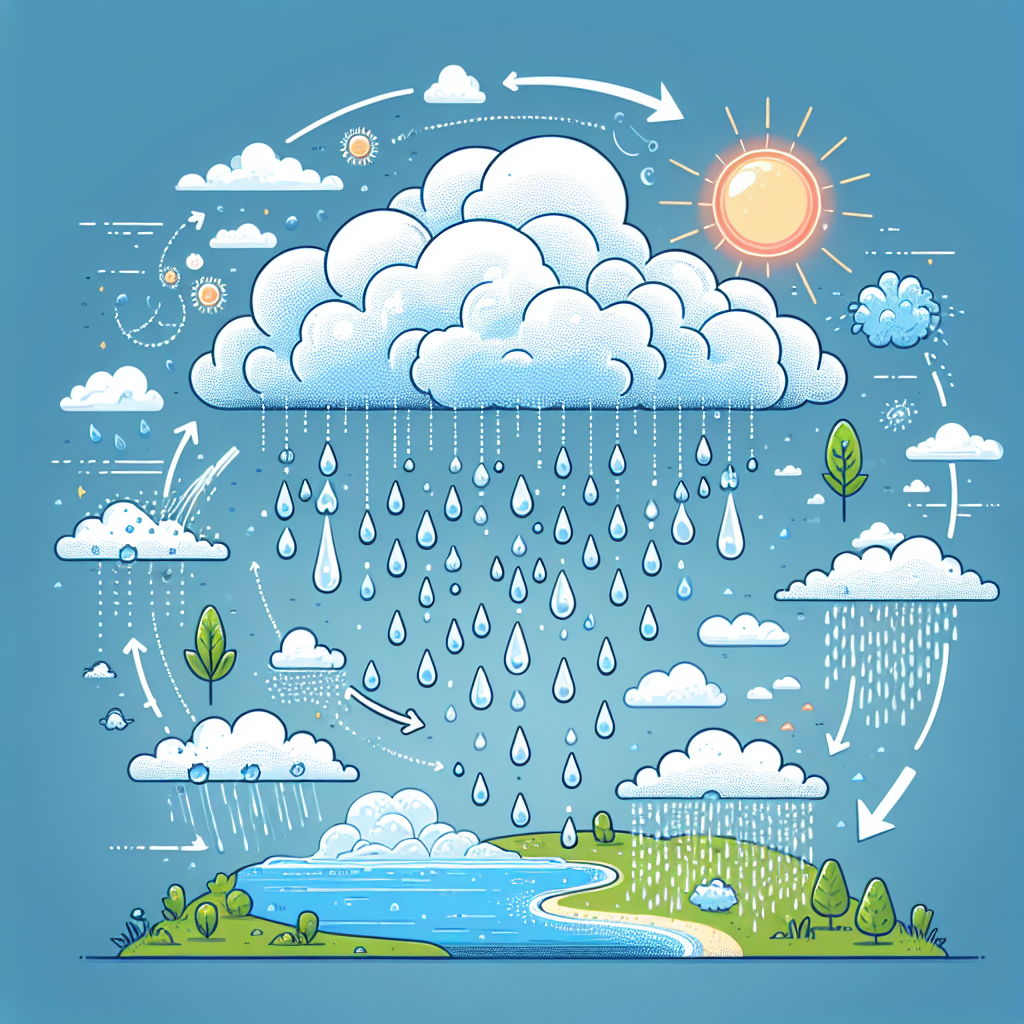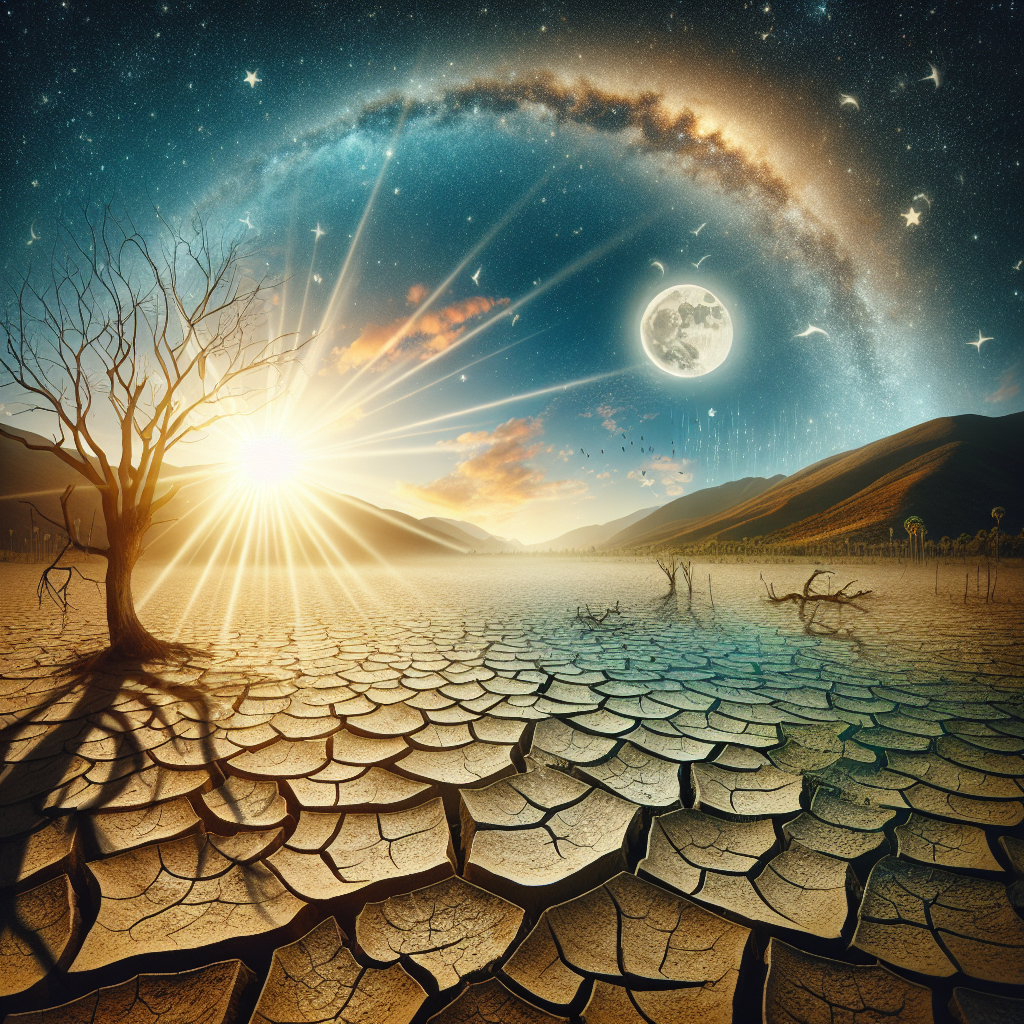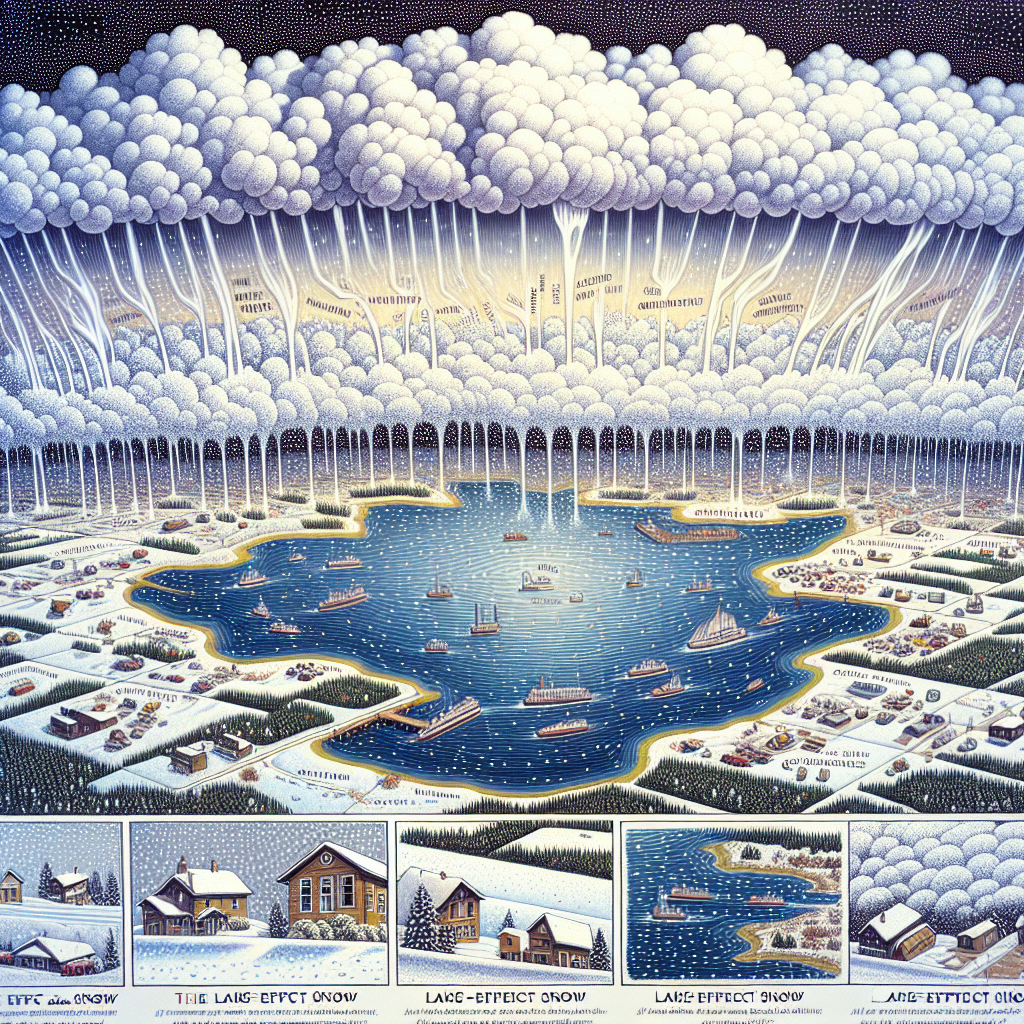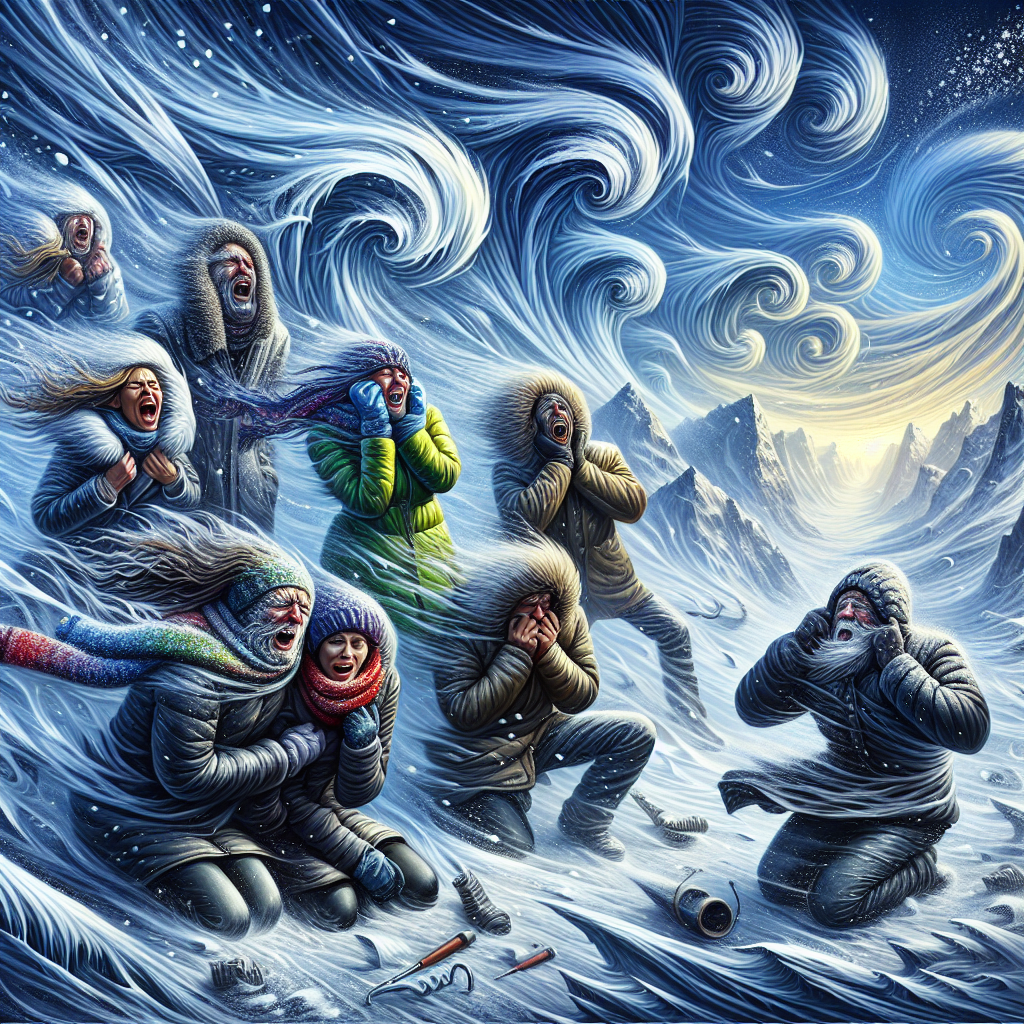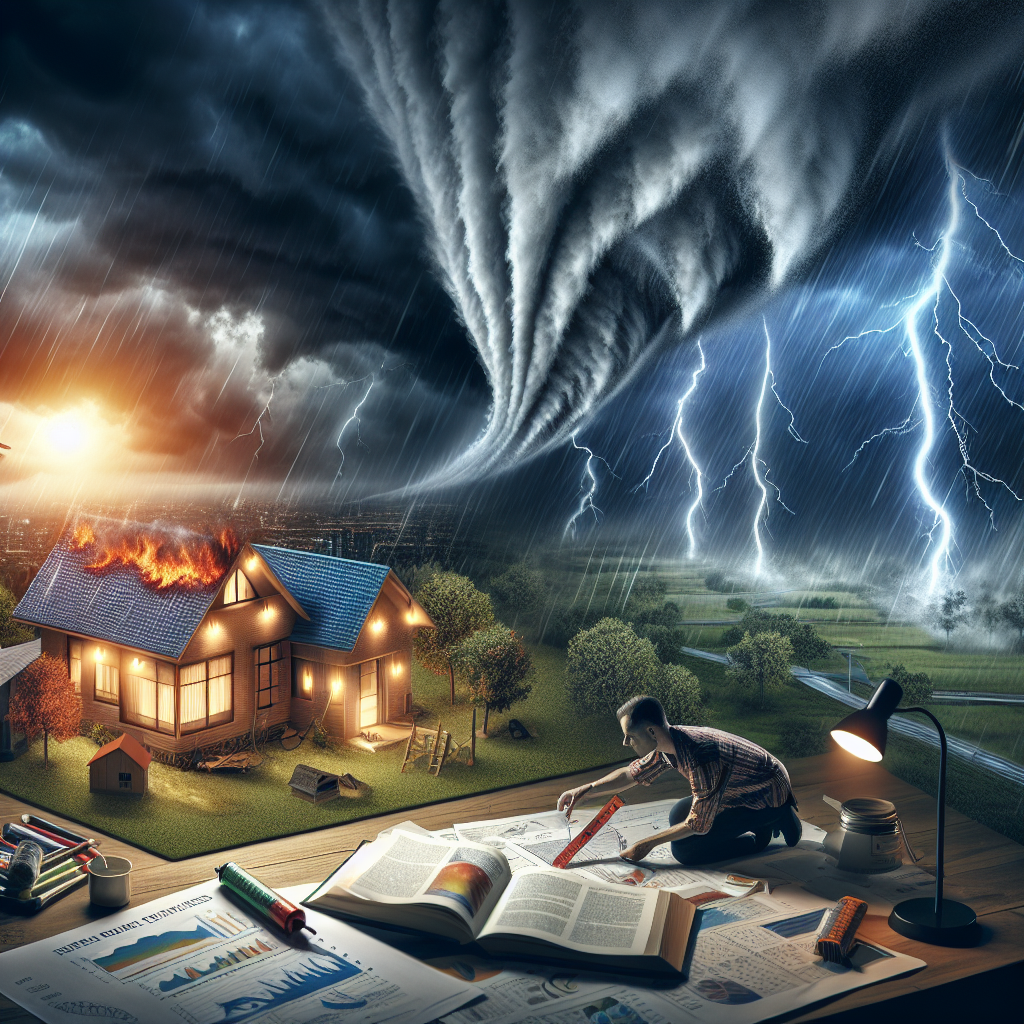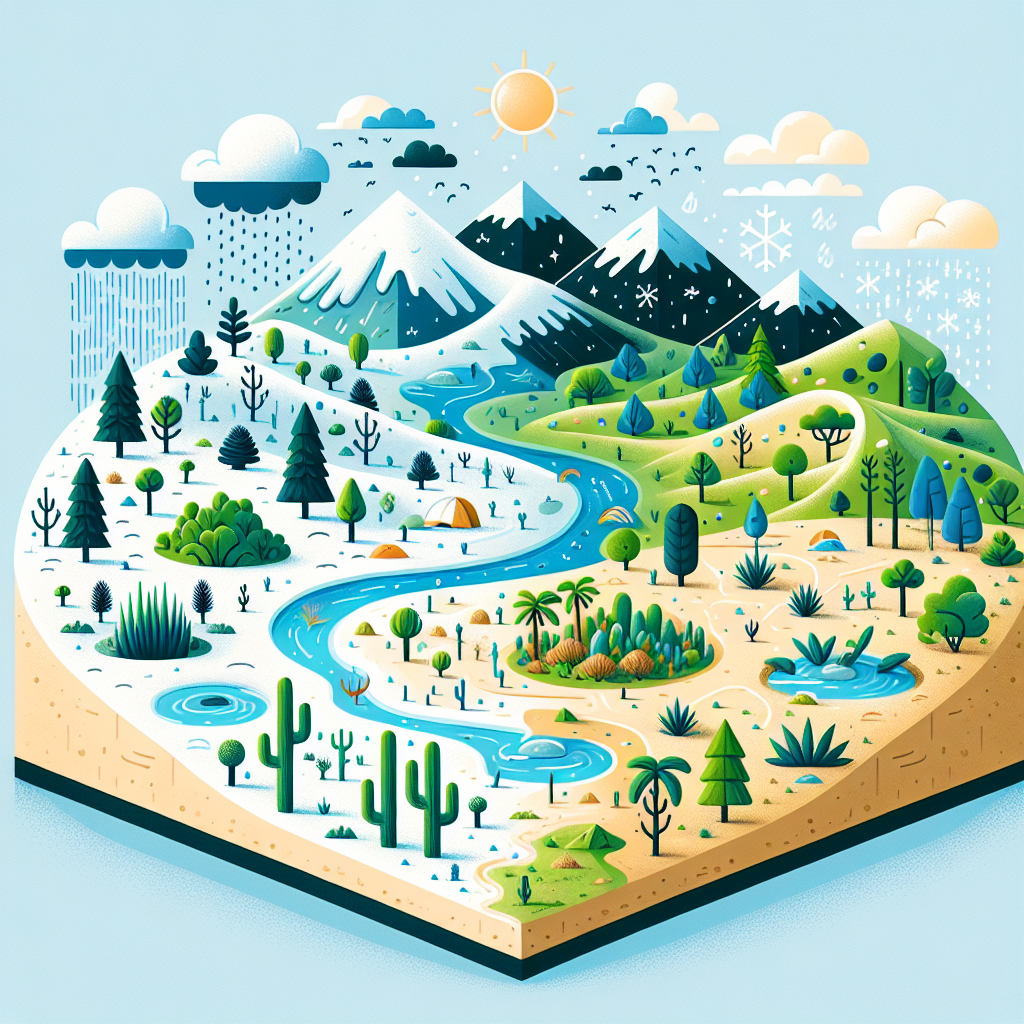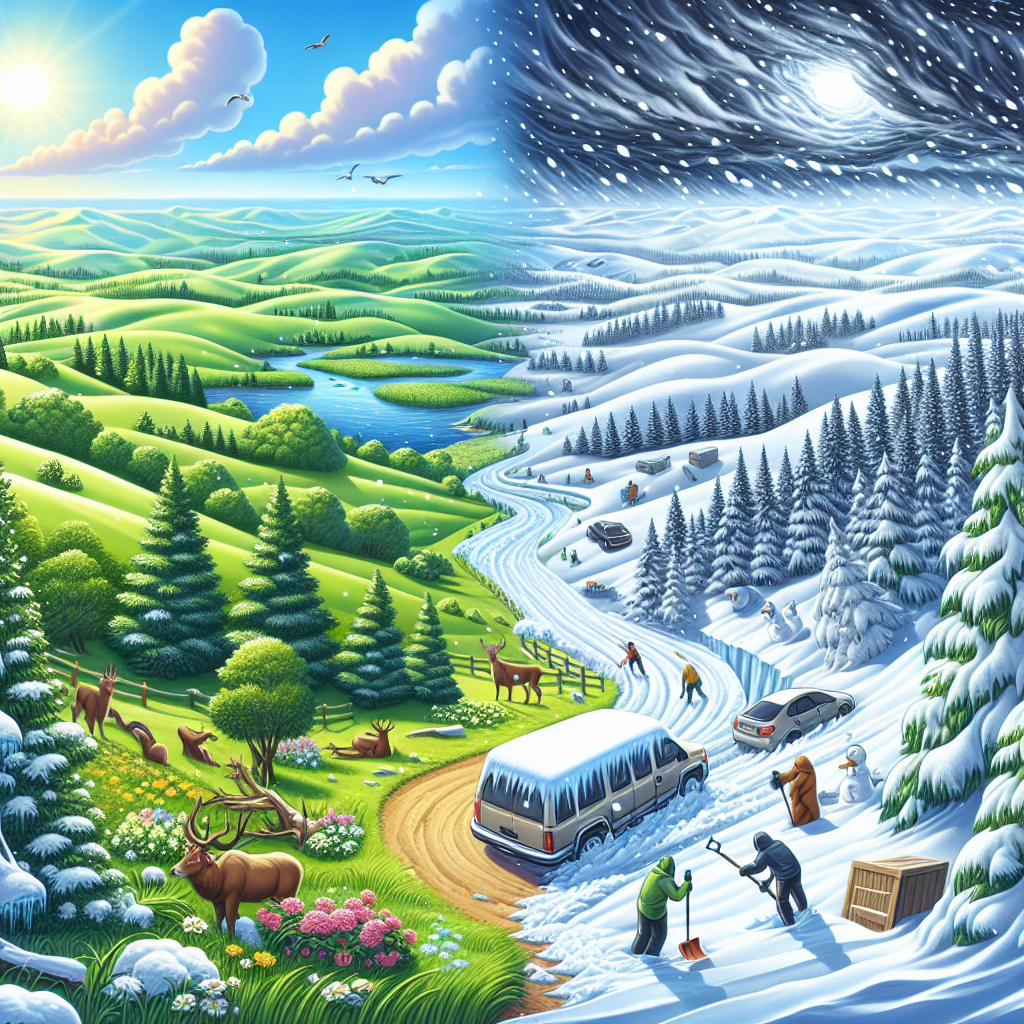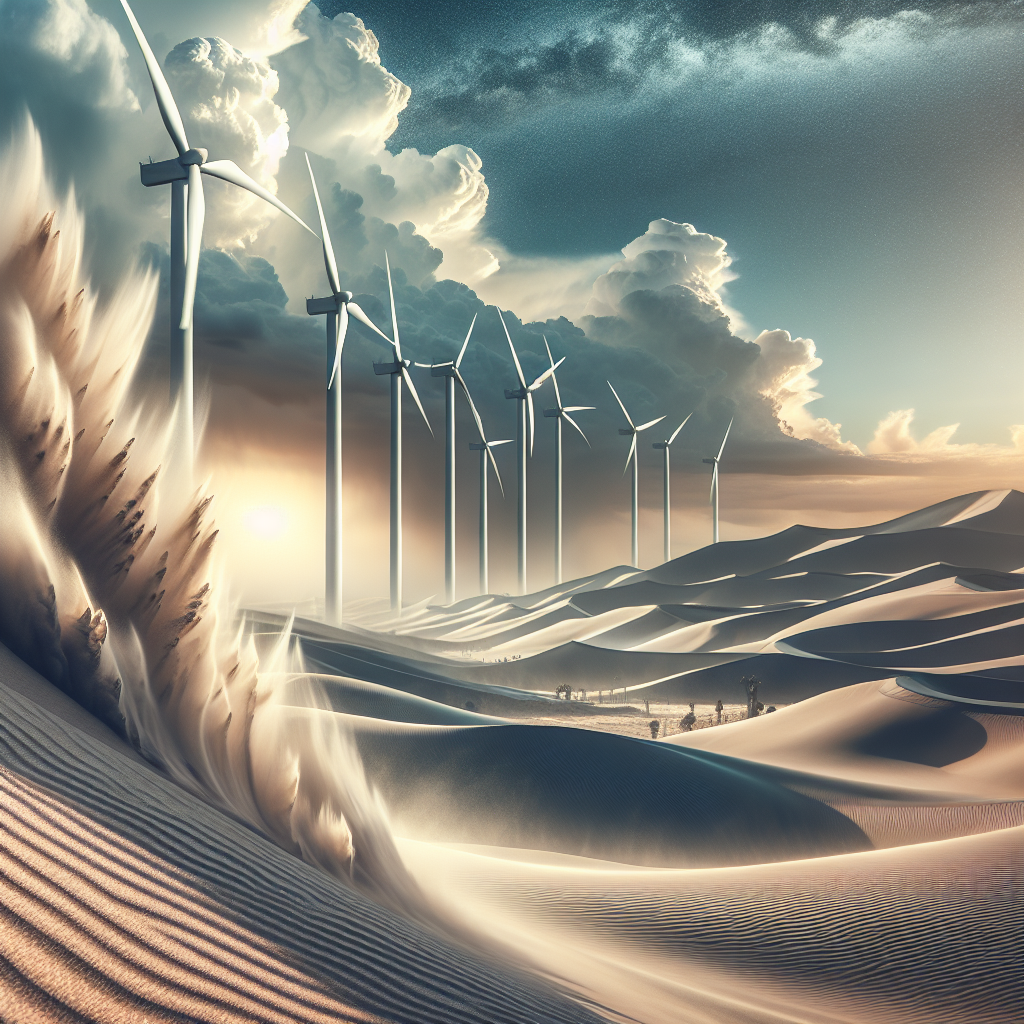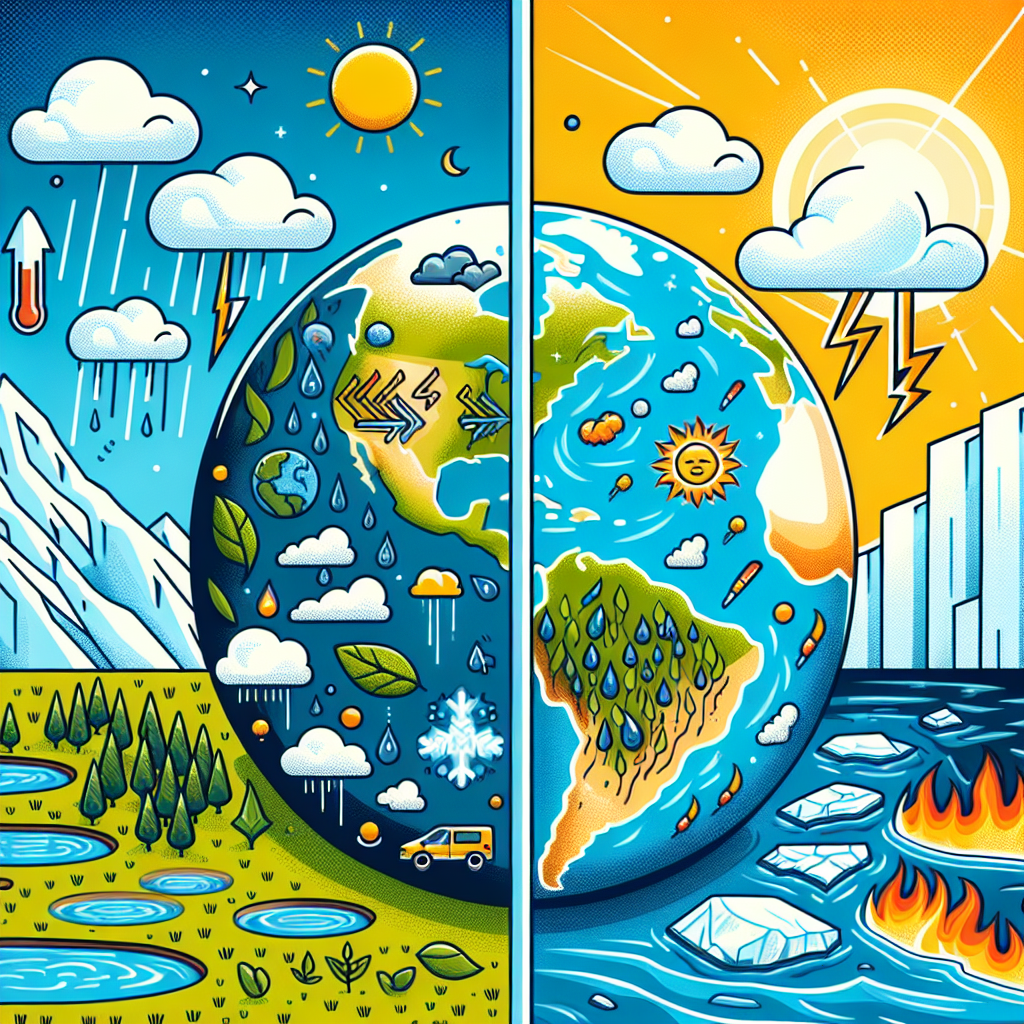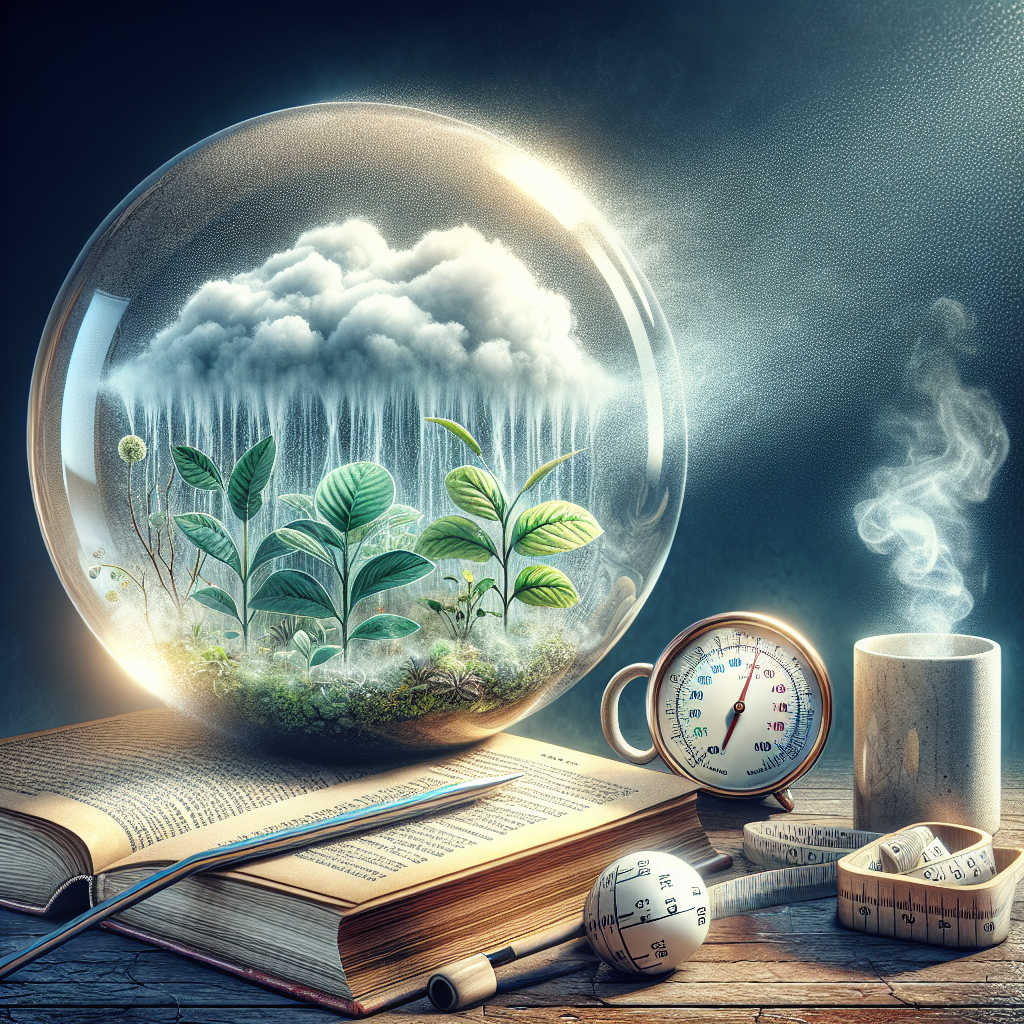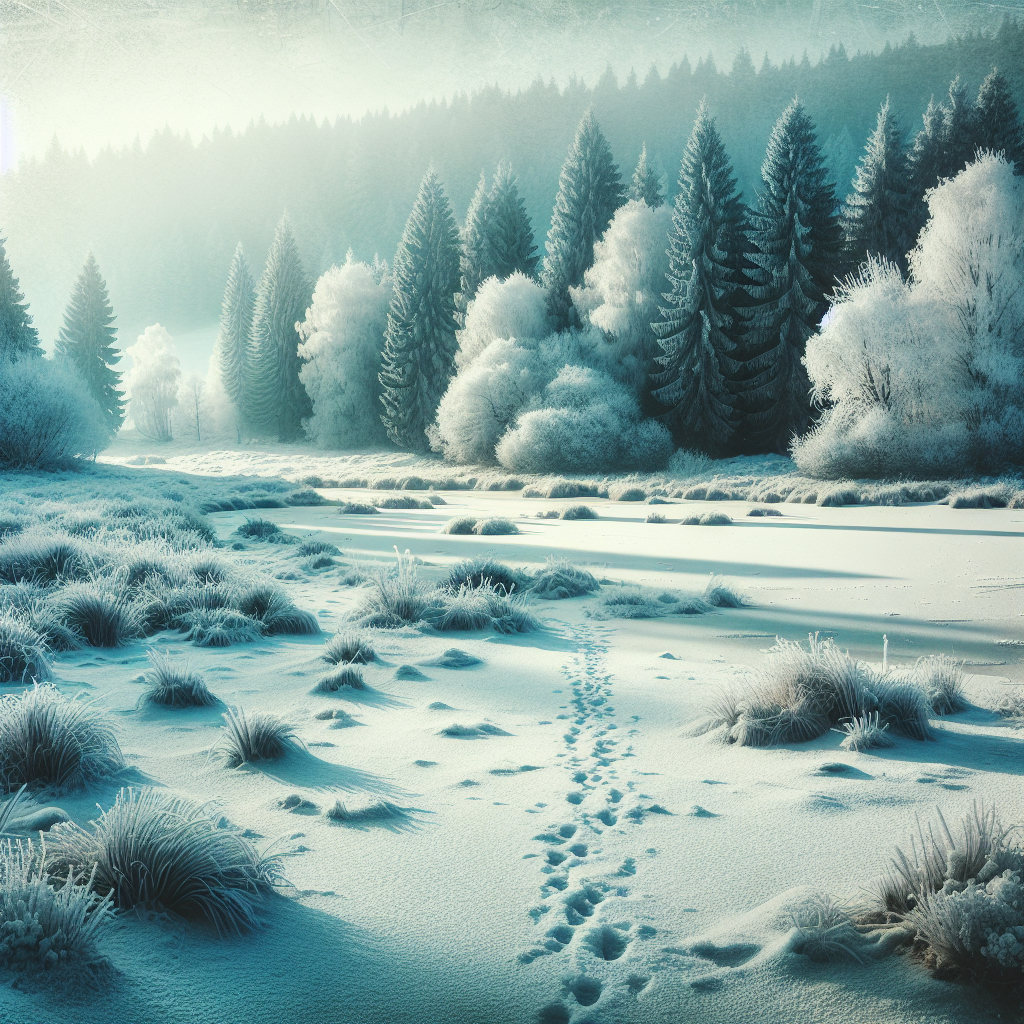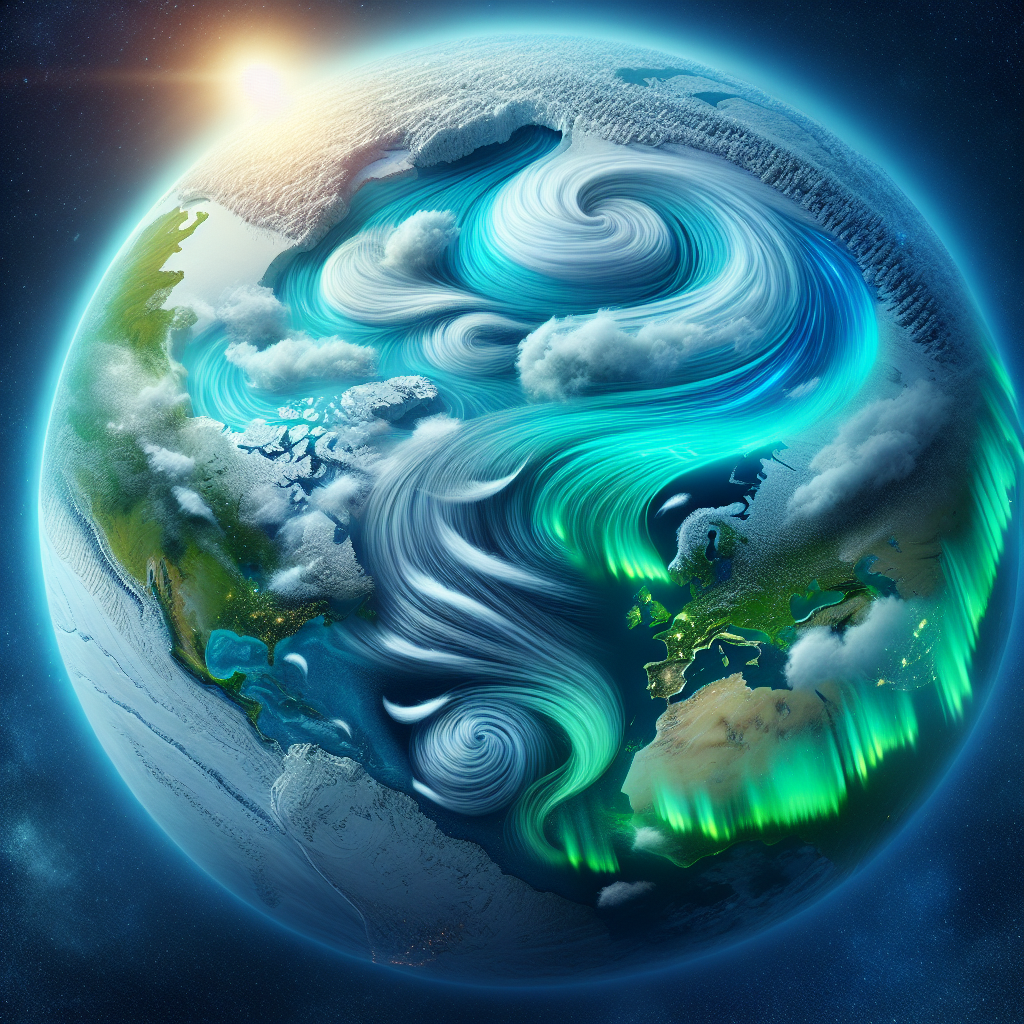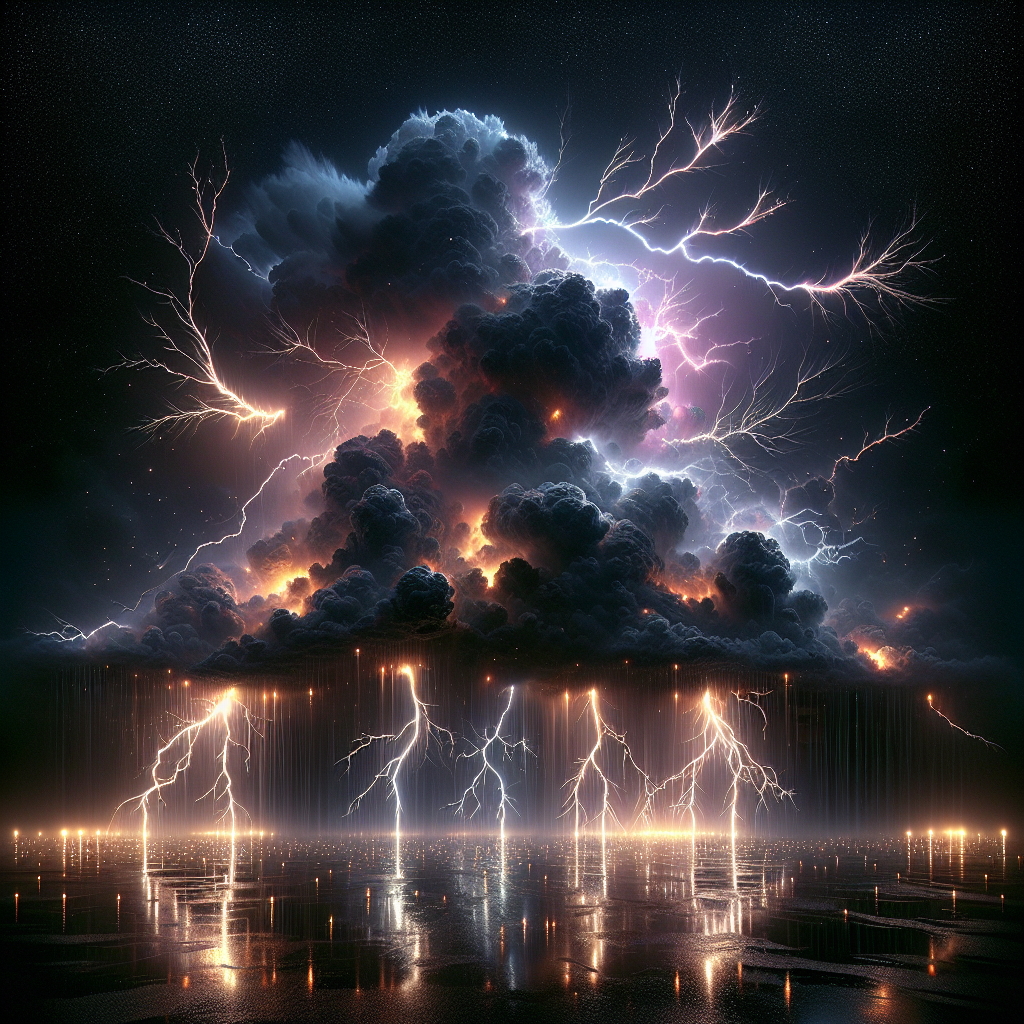Understanding the Dynamics of Blizzards
Blizzards are severe winter storms characterized by heavy snowfall and strong winds, typically exceeding 35 miles per hour. They transform landscapes dramatically, creating not only picturesque winter scenes but also formidable challenges for communities. These storms arise from specific meteorological conditions, which include a combination of cold air, moisture, and the presence of low-pressure systems.
Formation of Blizzards
The formation of a blizzard requires a perfect alignment of atmospheric dynamics. Cold air is crucial, often coming from polar regions or elevated terrains. Alongside this, moisture-laden air masses, usually originating from oceans, collide with these cold air systems. When this interaction occurs, significant snowfall can ensue, particularly when the air is forced upward by geographical barriers or frontal systems. The result can lead to the formation of blizzards that blanket the land in deep snow, alter landscapes, and even reshape ecosystems.
Transforming Landscapes: Snow Cover and Structural Changes
The immediate visual impact of a blizzard is snow cover. White plains stretch across once-familiar terrains, transforming not only urban landscapes but also rural and natural environments. This deep accumulation can reshape geographical features; mountains may appear softer with rounded summits, and valleys can be obscured entirely.
When heavy snow piles accumulate, the weight can cause trees to bend or break. Forests can experience significant changes in their structure, often leading to increased sunlight reaching the forest floor as branches are lost. Over time, this can alter the plant composition beneath the canopy, allowing different species to take root.
Frozen water bodies such as lakes and rivers become solid, creating new terrains for snowmobilers and ice fishermen alike. However, the transformation comes with its risks. Thinning ice due to warmer temperatures can pose threats to those enjoying winter sports, leading to accidents every year.
Impact on Wildlife
Blizzards do not just redefine the human landscape; they significantly affect animal habitats. For many terrestrial species, blizzards pose survival challenges. Animals such as deer, elk, and various small mammals adapt by developing thicker fur, burrowing, or seeking shelter in dense vegetation.
Birds can struggle during these storms, often finding food scarce. Predators may find their hunting patterns disrupted, while smaller birds often retreat to their nests, expending energy unnecessarily in search of shelter and warmth. The overall impact on wildlife populations can vary depending on the severity and duration of the storm, which may affect reproductive cycles or migration patterns.
Social and Economic Challenges
Blizzards present significant challenges for society. They necessitate extensive preparation before storms hit. Communities must stockpile supplies, maintain infrastructure, and establish protocols for emergency responses. Transportation systems, including roads and airports, are often incapacitated by snow and ice, leading to delays and cancellations that impact local economies.
Heavy snowfall can obstruct power lines, resulting in widespread outages. The local infrastructure often finds itself under strain, requiring rapid snow removal and repair efforts. These challenges can lead to increased operational costs for municipalities, often resulting in delays in essential services.
Additionally, businesses may see a dip in customer traffic as residents remain indoors, leading to economic slowdowns in various sectors, especially hospitality and retail. Long-term recovery can also be impacted by the damage blizzards cause via flooding when the snow melts rapidly in the spring.
Road Safety During Blizzards
Traveling during a blizzard can be immensely hazardous. Reduced visibility due to snow and strong winds can lead to treacherous conditions, making roadways perilous. Black ice, hidden beneath fresh snow, poses risks to motorists unfamiliar with navigating snowy roads. Accidents tend to spike during blizzards, leading to injuries or fatalities.
Authorities often issue warnings, advising against unnecessary travel during blizzard conditions. When travel is unavoidable, proper preparation is crucial. Motorists should equip their vehicles with emergency kits, including blankets, food supplies, and flares. Understanding winter driving techniques can help reduce accidents and ensure safer travel conditions.
Adaptation and Urban Planning
Understanding the impact of blizzards has led to adaptive strategies in urban planning. Cities prone to heavy snowfall often invest in infrastructure designed to mitigate blizzard-related challenges. This can include snow management systems, strategically placed snow fences, and more resilient road surface materials.
Green spaces in urban areas may also be designed to better manage snow accumulation, allowing for efficient melting and runoff. Zoning regulations may dictate open space maintenance, facilitating easier access and management during winter storms. The push for smart technology means cities can use data analytics to predict major snowfalls, allowing for proactive measures that limit disruption.
Evolving Climate Conditions and Blizzards
Climate change is reshaping weather patterns globally, including blizzard occurrences. While the frequency of blizzards may change, the intensity and duration can increase due to rising temperatures affecting moisture dynamics. Warmer air can hold more moisture, resulting in heavier snowfall during blizzard events.
This evolving pattern necessitates further study and adaptation for communities. Collaborative efforts among scientists and meteorologists work towards refined forecasting techniques to enhance preparedness and mitigate risks associated with heavy snowfall.
Conclusion
Blizzards are a complex phenomenon, intricately tied to atmospheric conditions and geographic features, transforming the natural and human-made landscape. Their ability to create breathtaking winter vistas is countered by the significant challenges they present to wildlife, human health, economy, and infrastructure. Understanding these storms enables not only better preparation and management but also a deeper appreciation of nature’s power to reshape our world.


